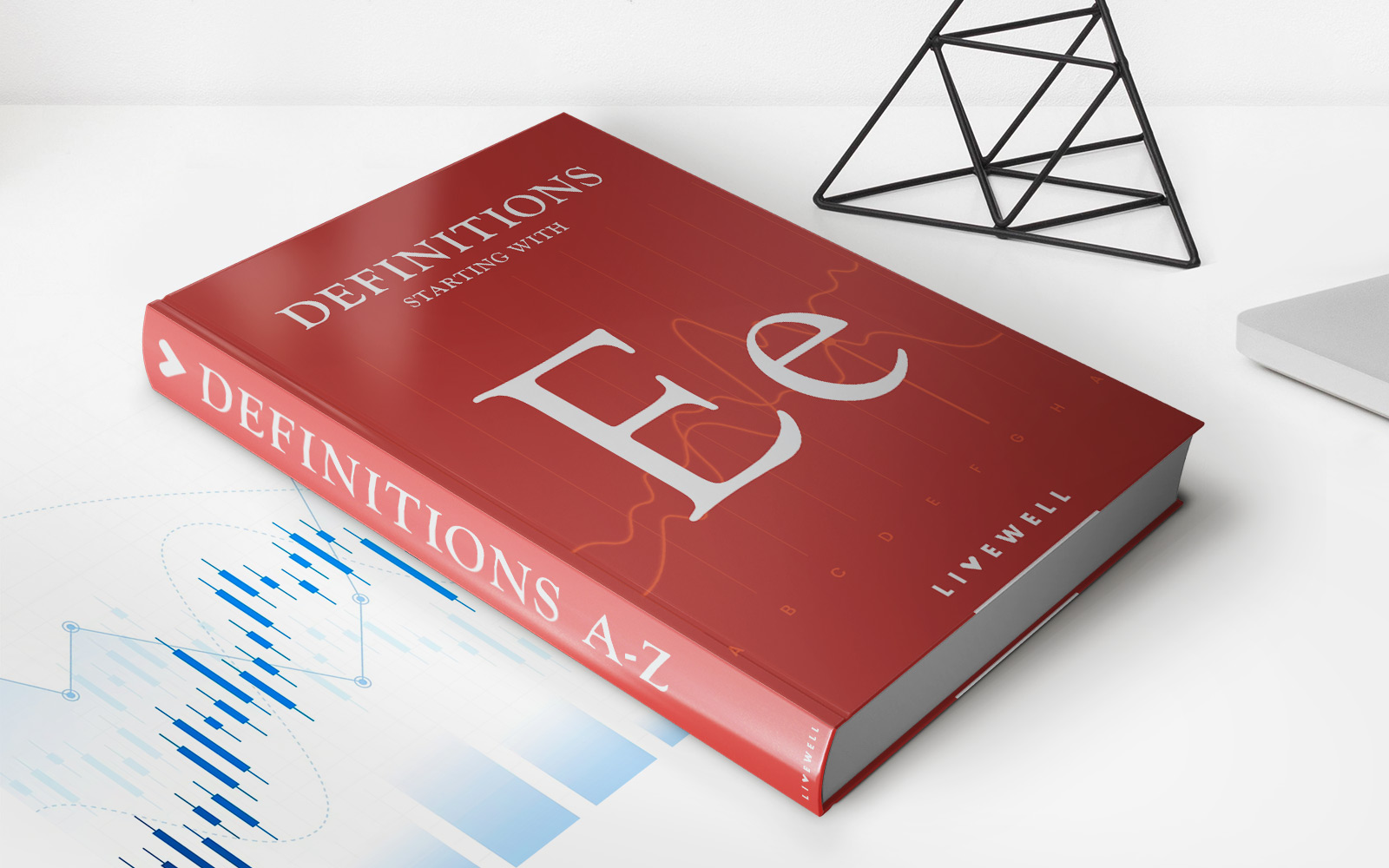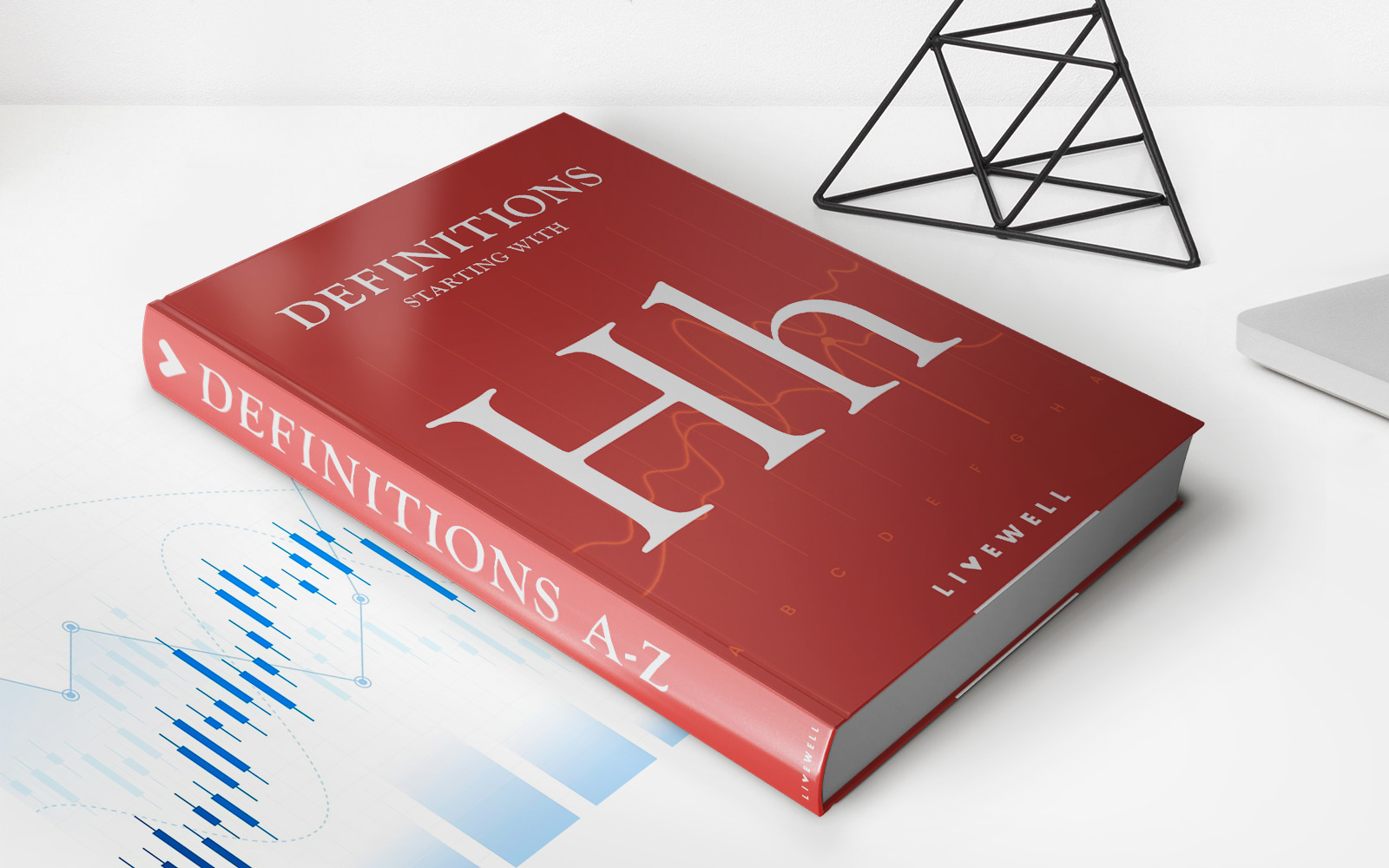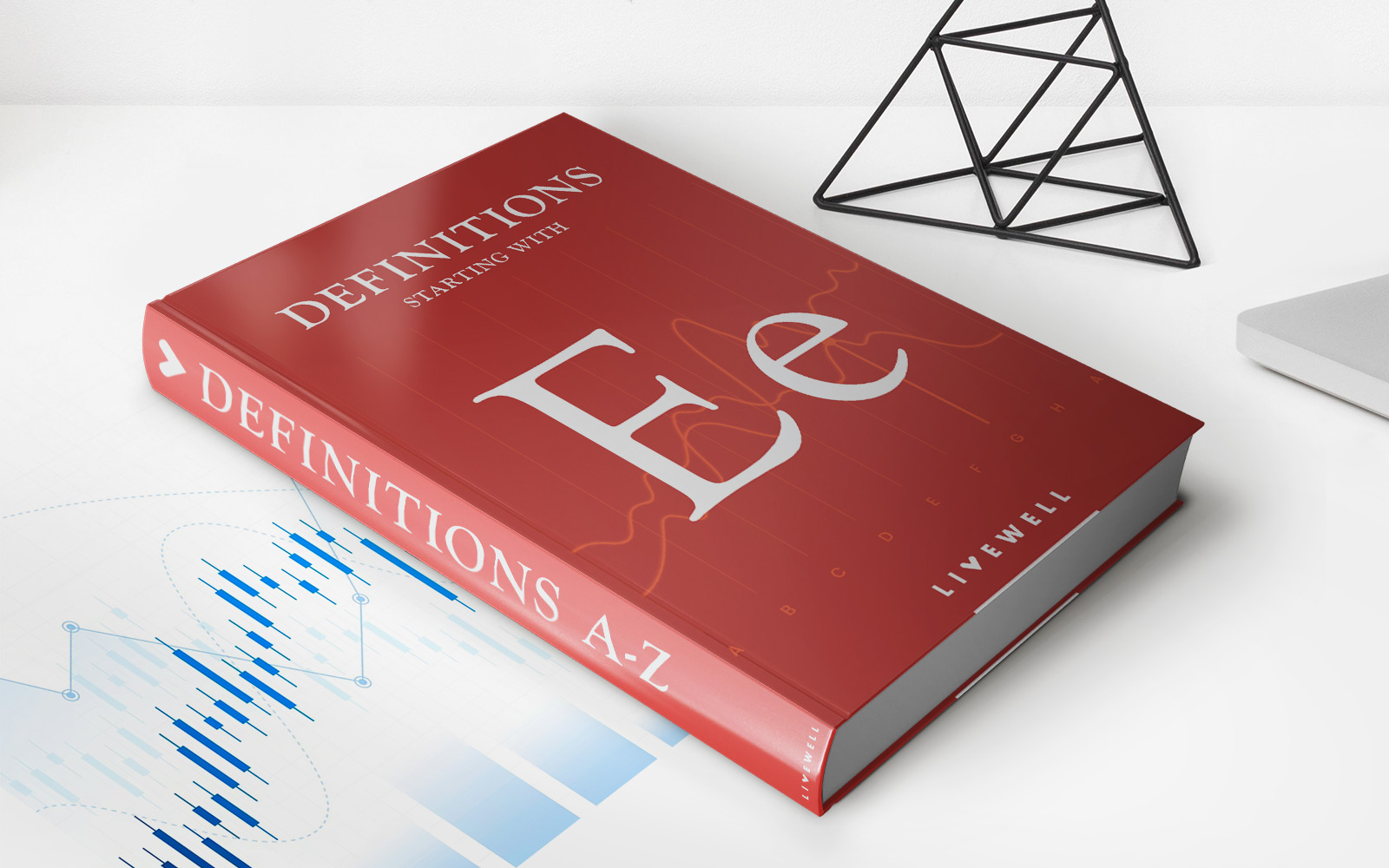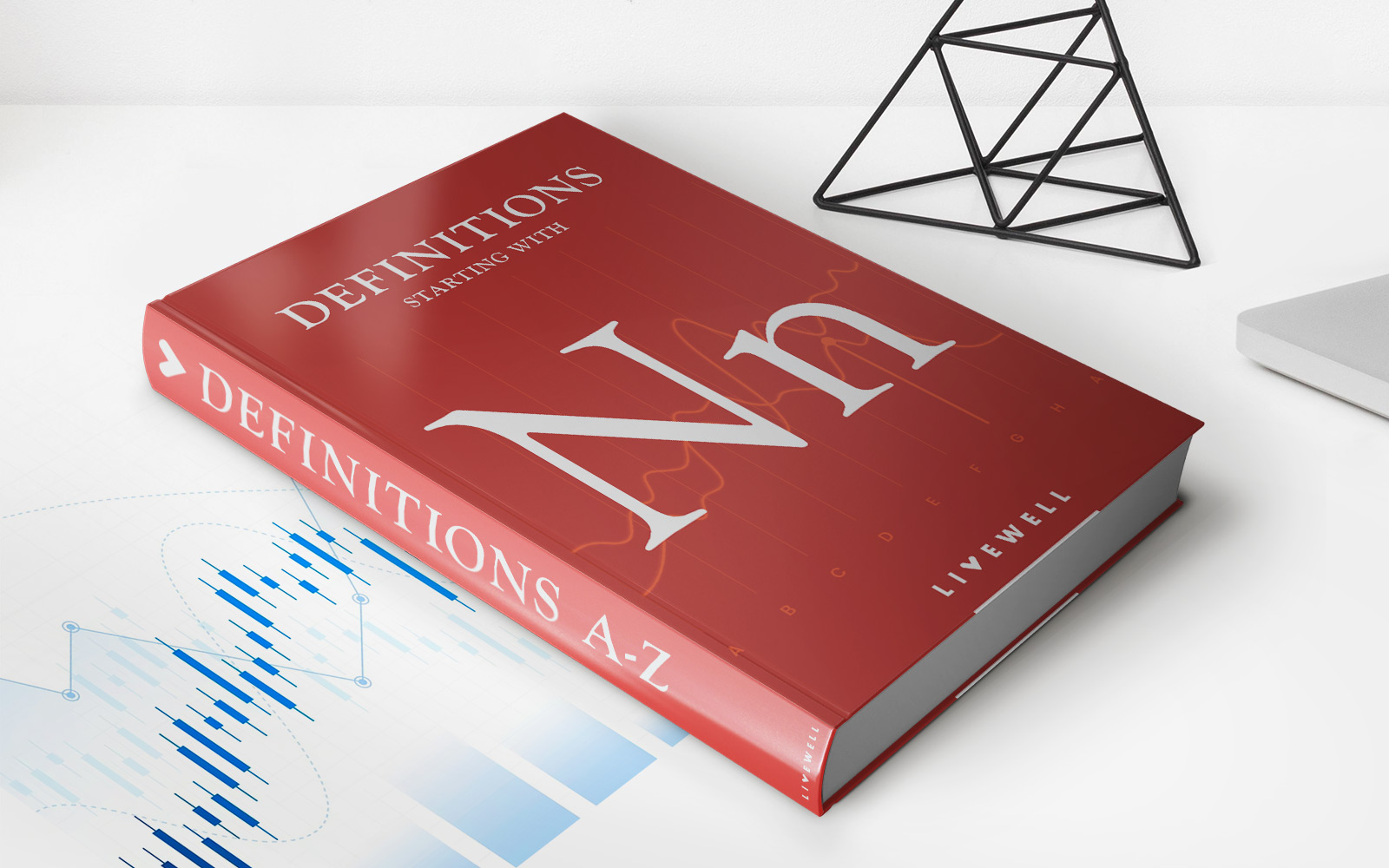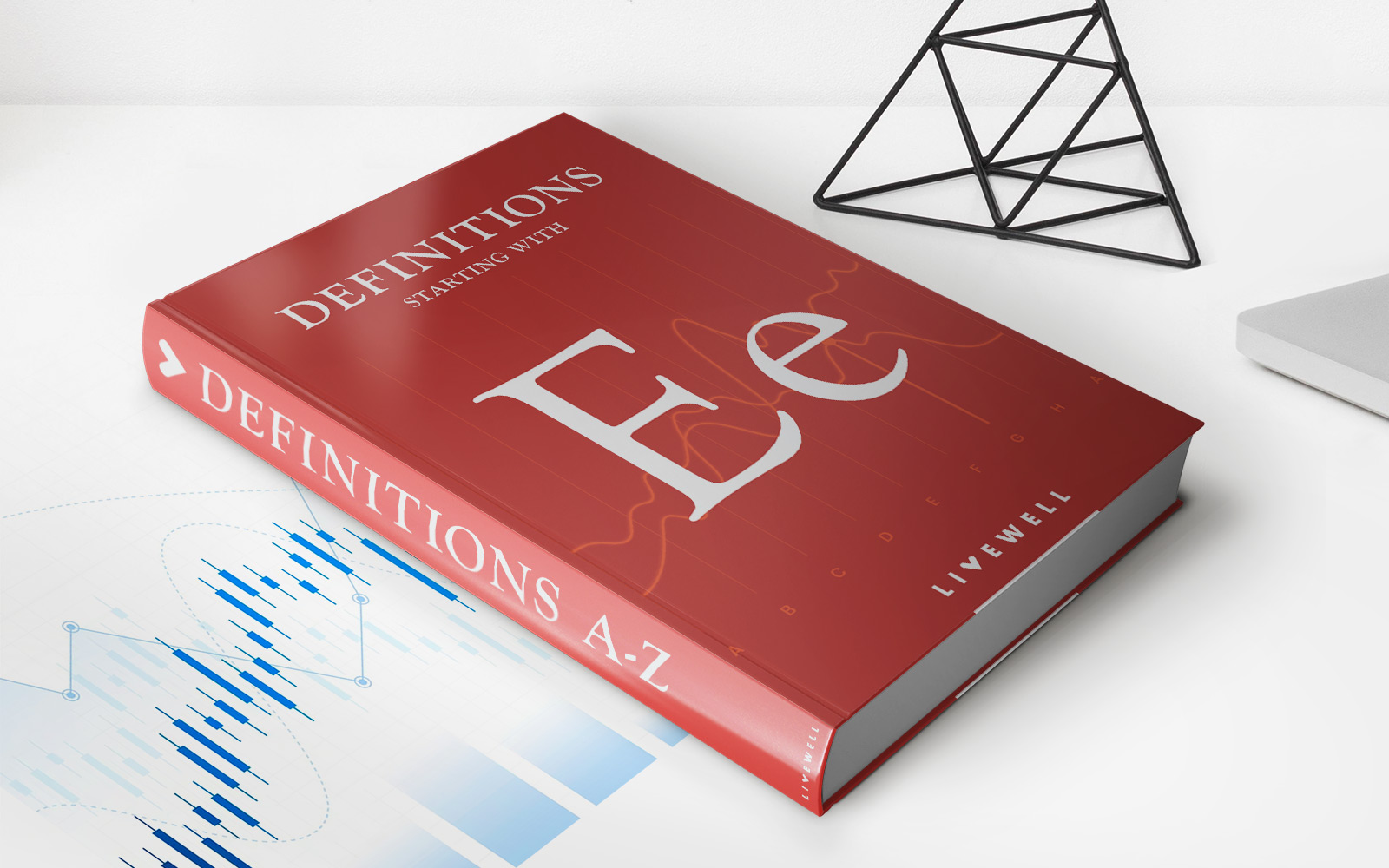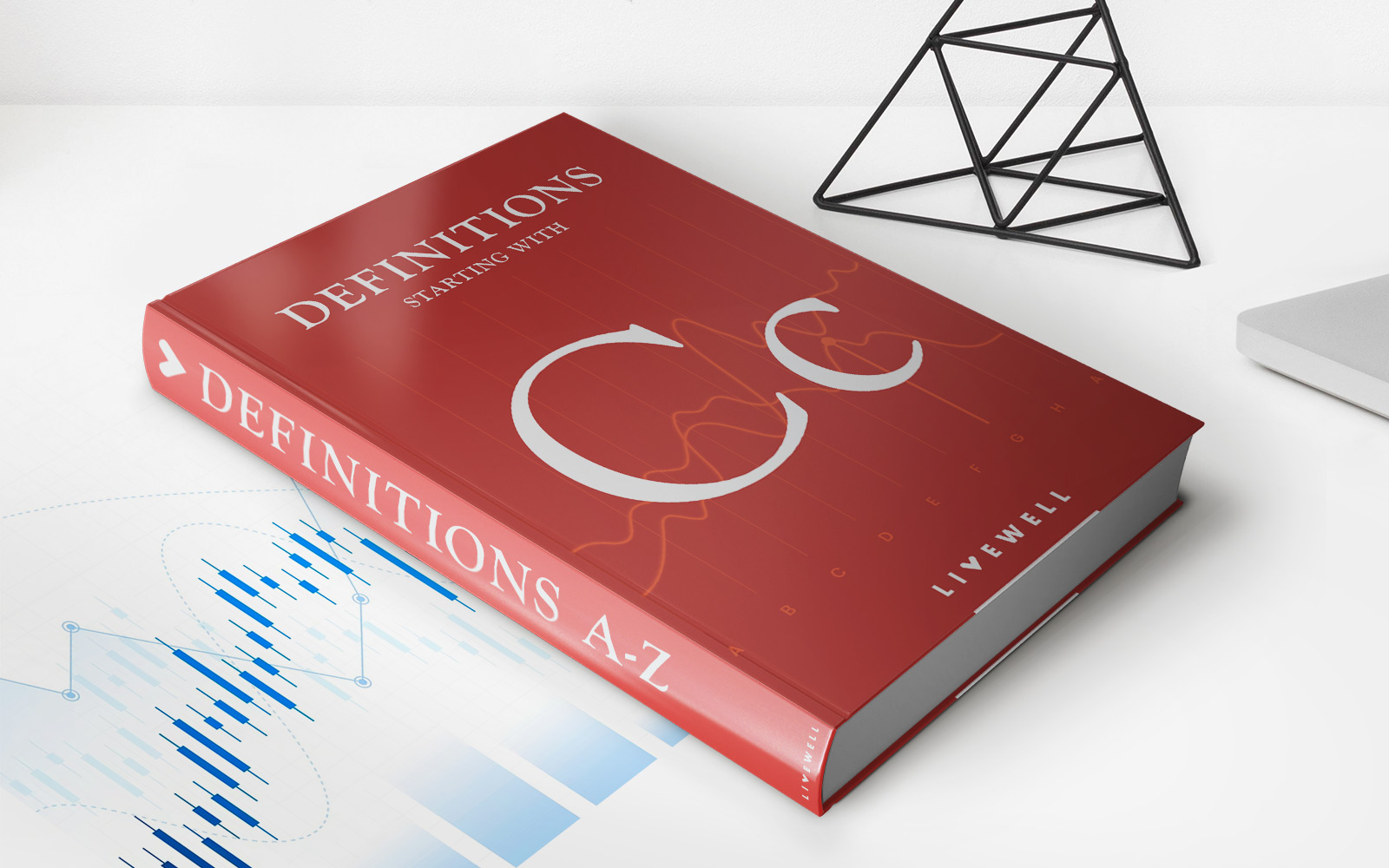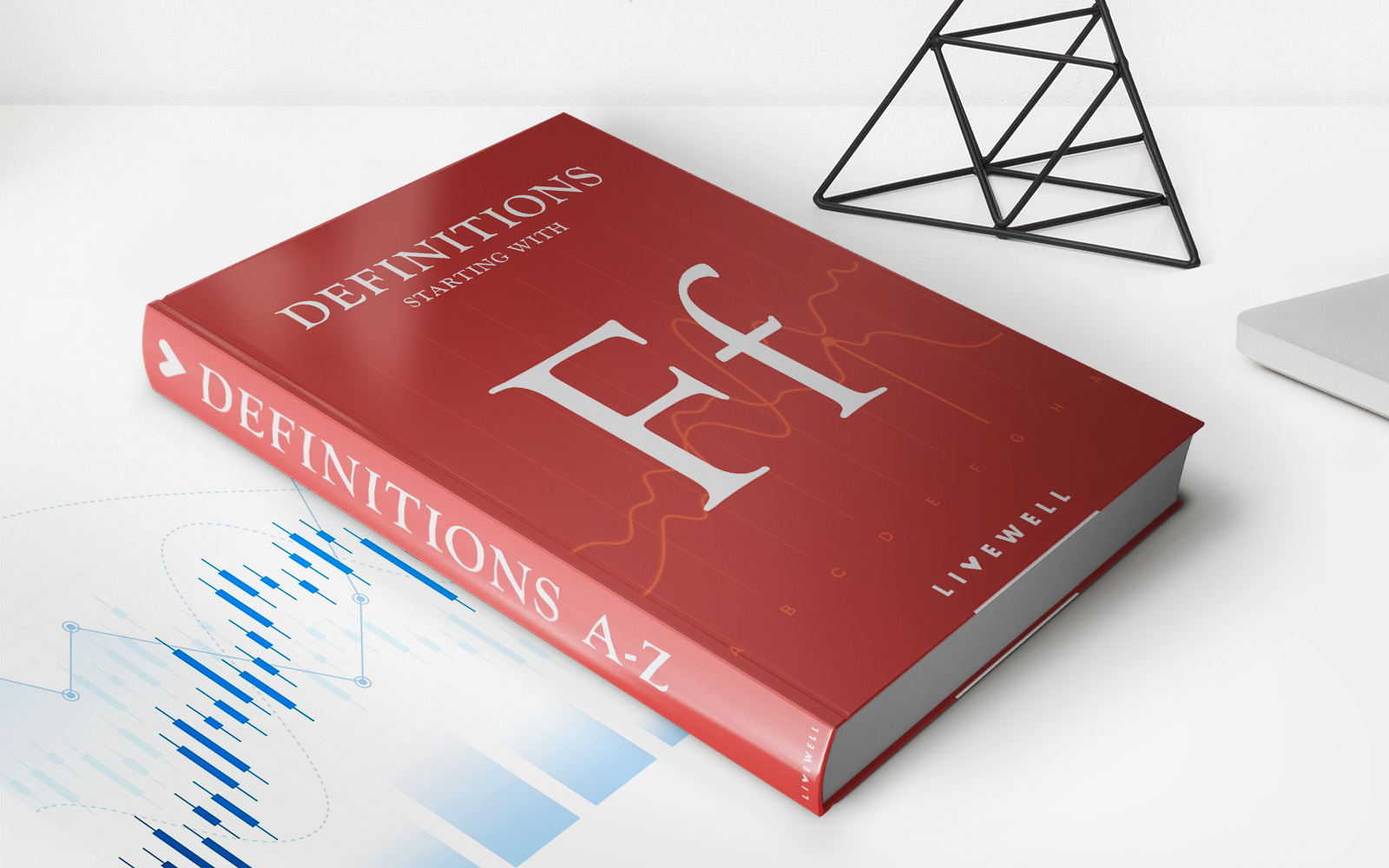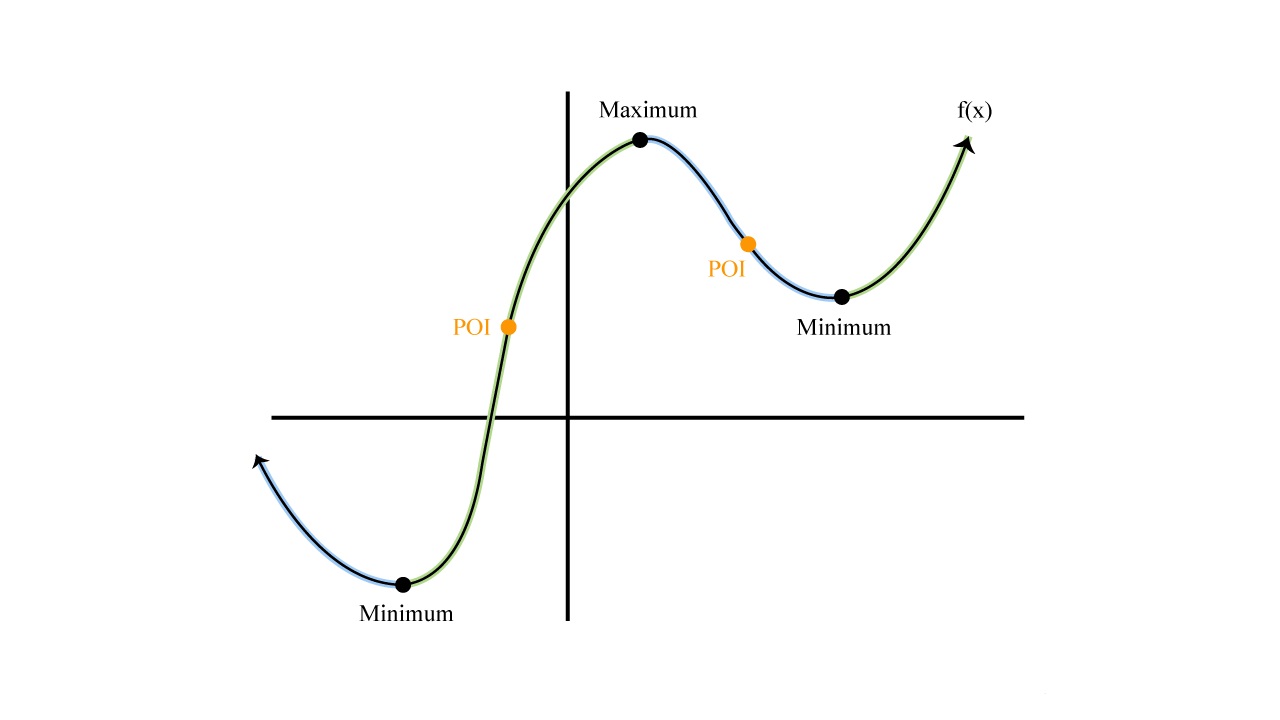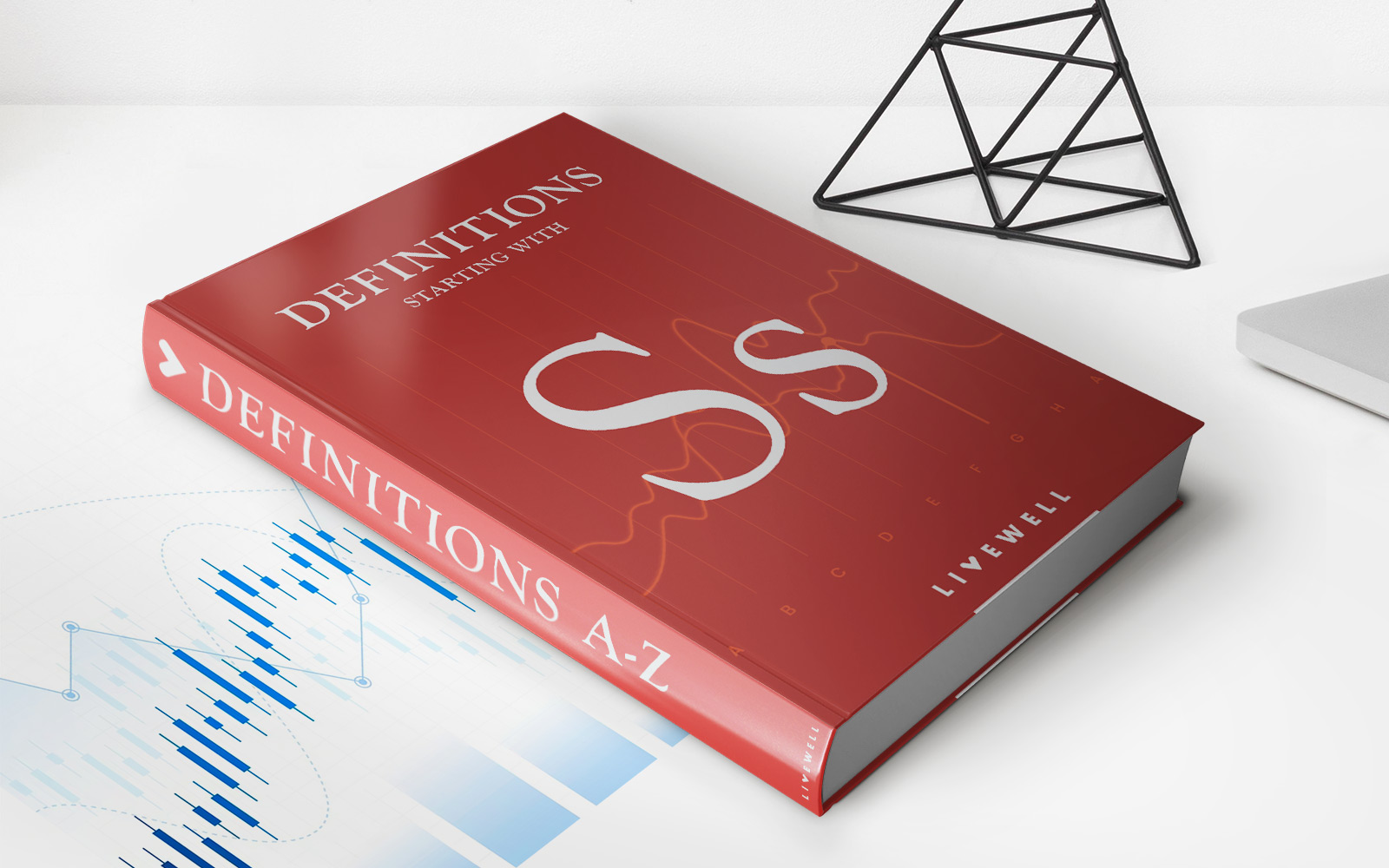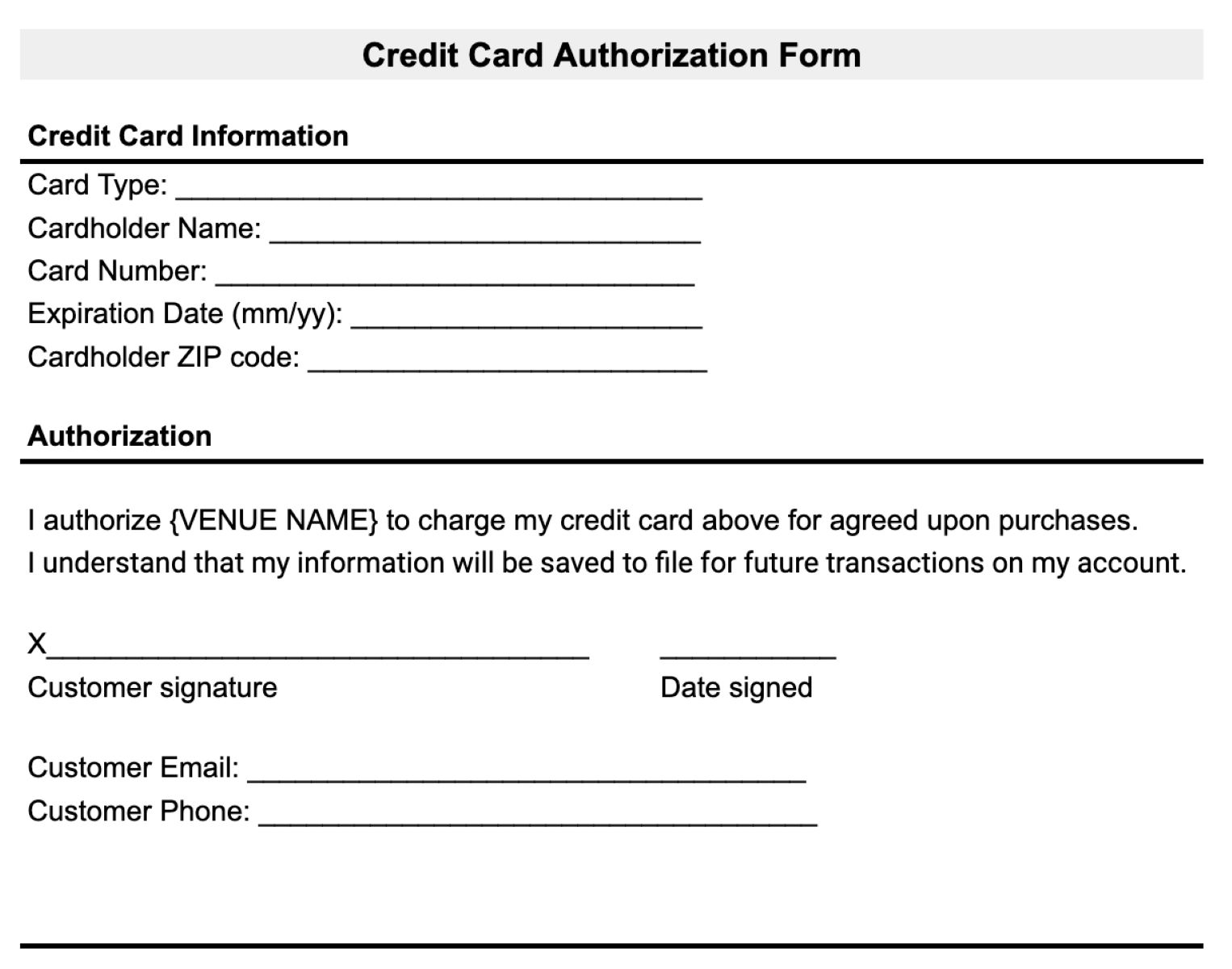Home>Finance>Equation Of Exchange: Definition And Different Formulas
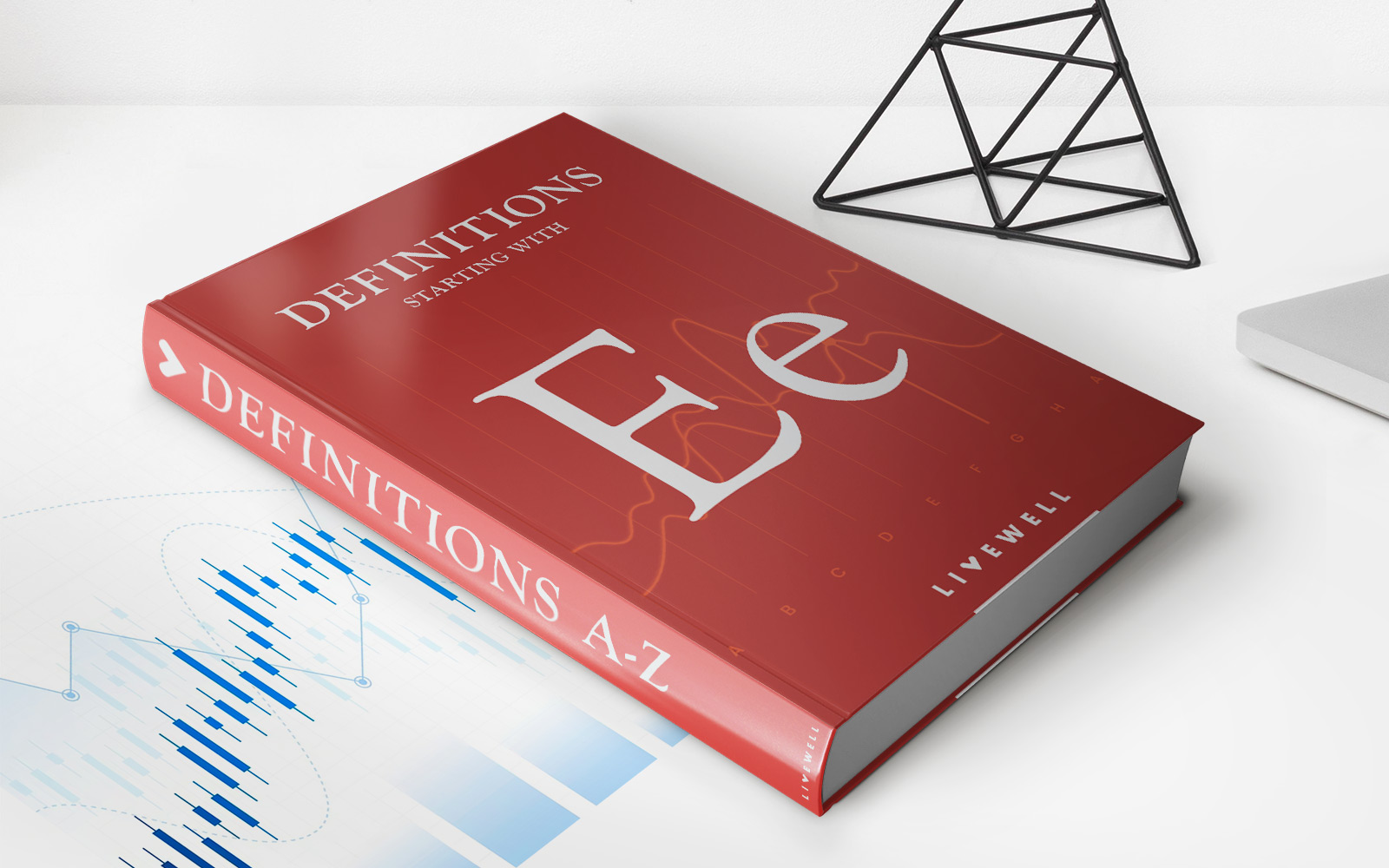

Finance
Equation Of Exchange: Definition And Different Formulas
Published: November 18, 2023
Learn the definition of Equation of Exchange in finance and explore different formulas that can help you understand and analyze financial transactions.
(Many of the links in this article redirect to a specific reviewed product. Your purchase of these products through affiliate links helps to generate commission for LiveWell, at no extra cost. Learn more)
Equation of Exchange: Definition and Different Formulas
Finance is a vast domain, with numerous concepts and theories that can seem daunting to the uninitiated. One such concept is the Equation of Exchange, a fundamental equation used to understand the relationship between money supply, velocity of money, price level, and real output. In this article, we will delve into the definition of the Equation of Exchange and explore its different formulas.
Key Takeaways:
- The Equation of Exchange is a fundamental equation in finance that helps to understand the relationship between money supply, velocity of money, price level, and real output.
- There are different versions of the Equation of Exchange, including the simple version, the quantity theory of money version, and the Cambridge equation.
So, what exactly is the Equation of Exchange? At its core, the Equation of Exchange states that the total amount of money in an economy is equal to the product of the number of transactions (velocity of money) and the average price of those transactions (price level). Mathematically, it can be represented as:
Money Supply x Velocity of Money = Price Level x Real Output
This simple version of the Equation of Exchange provides a basic understanding of the relationship between money, prices, and economic output. However, it is important to note that there are different formulas that expand on this concept and offer deeper insights.
The Quantity Theory of Money Version
The quantity theory of money version of the Equation of Exchange builds on the simple version and adds the concept of money demand. According to this formula:
Money Supply x Velocity of Money = Price Level x Money Demand
This version takes into account the fact that money demand, or the desire for holding money, is influenced by various factors. These factors can include interest rates, the level of economic activity, and inflation expectations. The quantity theory of money provides a framework for understanding how changes in the money supply can impact prices and economic output.
The Cambridge Equation
Another version of the Equation of Exchange is the Cambridge equation, which extends the simple version by including the concept of a transactions function. The Cambridge equation is represented as:
Money Supply x Velocity of Money = Transactions Function (Price Level x Real Output)
In this equation, the transactions function represents the number of transactions that occur in the economy. It takes into account factors such as population, consumer preferences, and technological advancements. The Cambridge equation provides a more nuanced understanding of the relationship between money, prices, and economic activity.
In conclusion, the Equation of Exchange is a fundamental concept in finance that helps to explain the relationship between money supply, velocity of money, price level, and real output. Understanding the different versions of this equation, such as the simple version, the quantity theory of money version, and the Cambridge equation, can provide valuable insights into the workings of an economy. By grasping the Equation of Exchange, you can gain a deeper understanding of how money and prices impact the overall economic landscape.
